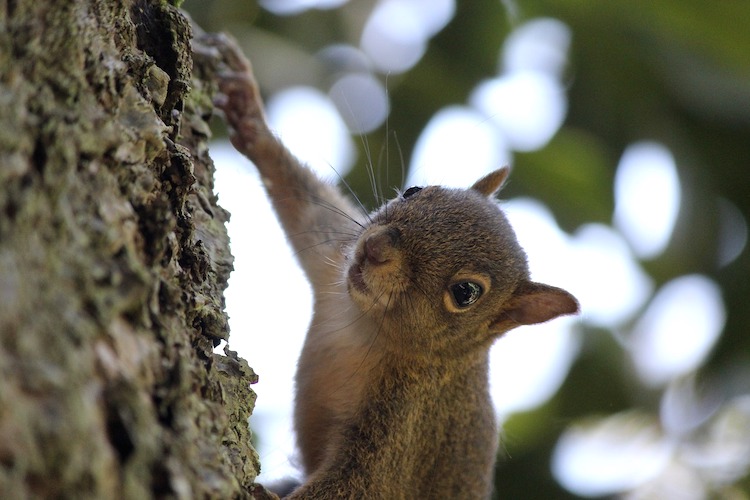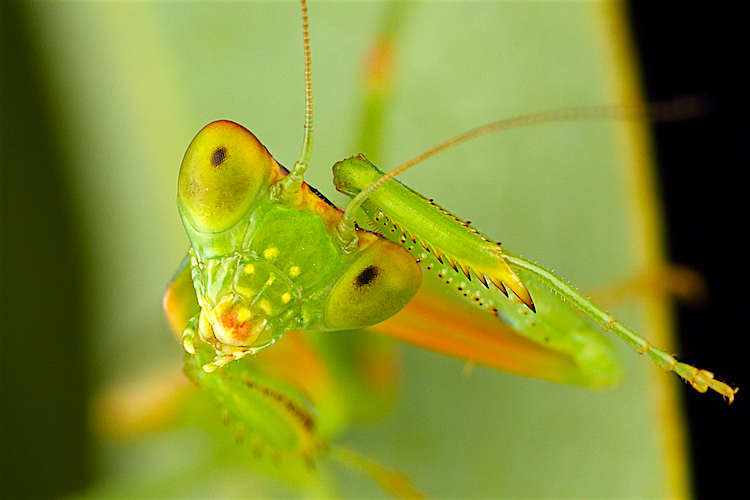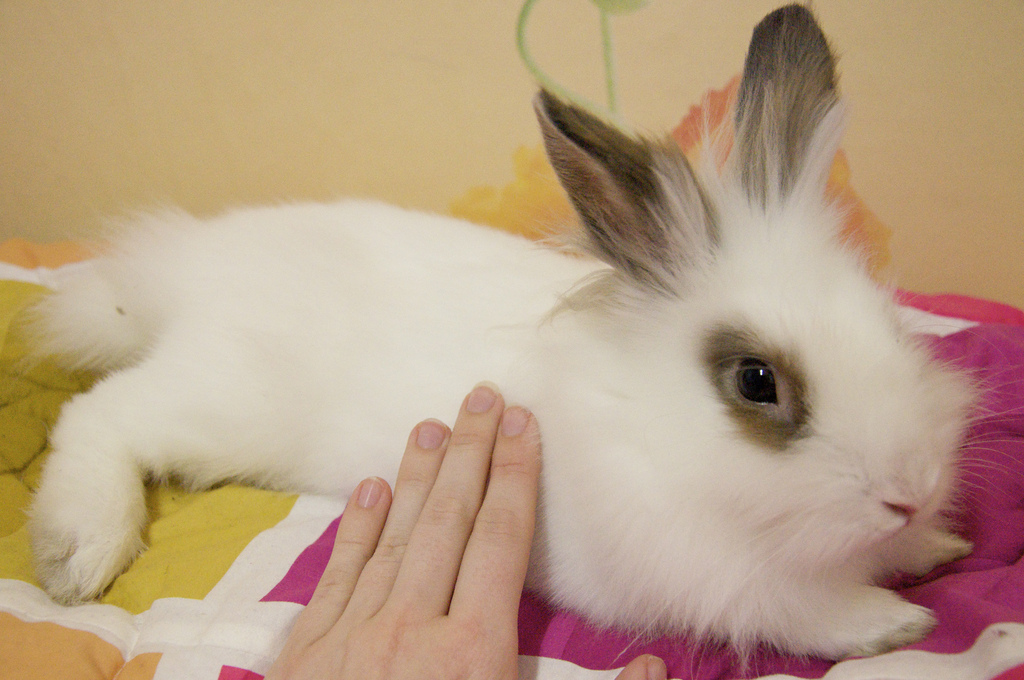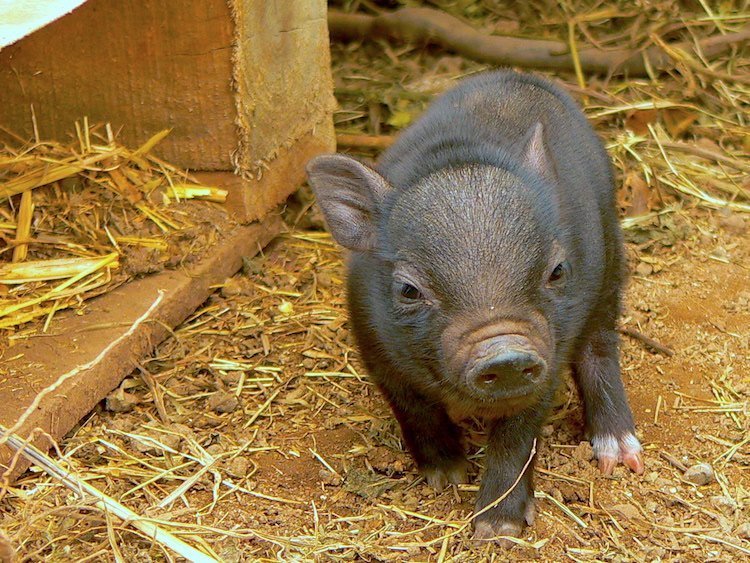Do Squirrels Make Good Pets?
A furry backyard visitor raised the question: Do squirrels make good pets? We evaluate their possibility as household pets.

Squirrels are fun animals to watch, whether they are playing chase or burying their latest foraging discovery.
One that visits my backyard regularly has a huge fluffy tail and is quite entertaining to watch as he hops around, but he also climbs wood fences and trees with astounding ease. His claws look nothing short of talons, and I can’t imagine the damage he could inflict in my home.
My neighbor thinks he’s cute and wants to keep him as a pet, but do squirrels make good pets?
Squirrels are members of the rodent (Rodentia) family that have existed for 50 million years and have adapted to coexist with humans. They usually feed on nuts, fruits, seeds or scraps. They will nest high in trees between branches strong enough to support their nest or in trees with hollow entries.
We see squirrels become very active in winter at the start of their mating season. Baby squirrels are incredibly adorable and hard to resist keeping as pets, but looks can be deceiving.

Don’t leave your pet’s safety to chance
Sign up for Petful recall alerts today.

The Early Months
Within the first 6 months of life, squirrels acclimate to humans, show affection and become dependent on us for food.
As they approach 6 months old, their claws and teeth are much longer and sharper, and they can unintentionally inflict harm on humans, pets and furniture. Several reports support these facts, and in one case a child was bitten on the finger down to the bone.
Squirrels may also exhibit aggressive and harmful behavior during mating seasons. The animals may not know their own strength or mean harm, but most are simply not equipped to be a safe animal for domestication from the wild.
At this point, most people think it’s time for the squirrel to be reintroduced to the wild, but unfortunately that is a death sentence for the animal. A squirrel cannot survive without the necessary skills needed in the wild, such as finding food, avoiding predators, establishing its place within a territory and finding a potential mating partner.
The good news is squirrels’ behavior can be changed and they can be taught the skills needed for survival in the wild.

Making an Animal Wild Again
If you found a baby squirrel and raised it to 5–6 months of age and it’s time to set it free, it must change from a pet to a wild animal with instincts necessary for its survival.
There is a way to do this: You can rehab the animal yourself or find a licensed rehabber.
Exceptions
Some types of squirrels (such as flying squirrels) can be domesticated, but it takes a great amount of time and care to acclimate them to humans.
Because the process is not guaranteed to be effective, and even simple mistakes can lead to an animal causing serious injury as it matures, I am not comfortable recommending them as pets.
Some states and countries have outlawed keeping squirrels as pets. Be sure to fully research their care and your local laws before committing to purchase or adopt any species of squirrel.
Fun Facts
- The average squirrel litter produces 4 offspring.
- Females in the wild breed only once with a male and will never breed with that specific squirrel again.
- Baby squirrels have no teeth or hair and are blind for up to 8 weeks.
- Tree squirrels do not hibernate.
- The squirrel brain is the size of a walnut.
- Male tree squirrels are the cleanest animals in the rodent family because they take twice as long as females to clean and groom themselves.
- A squirrel’s incisors grow 6 inches per year.
Check out this video as a curious cat watches a furry visitor:

Additional Resource
- Mary Cummins, Animal Advocates (Los Angeles): Care, feed and caging







